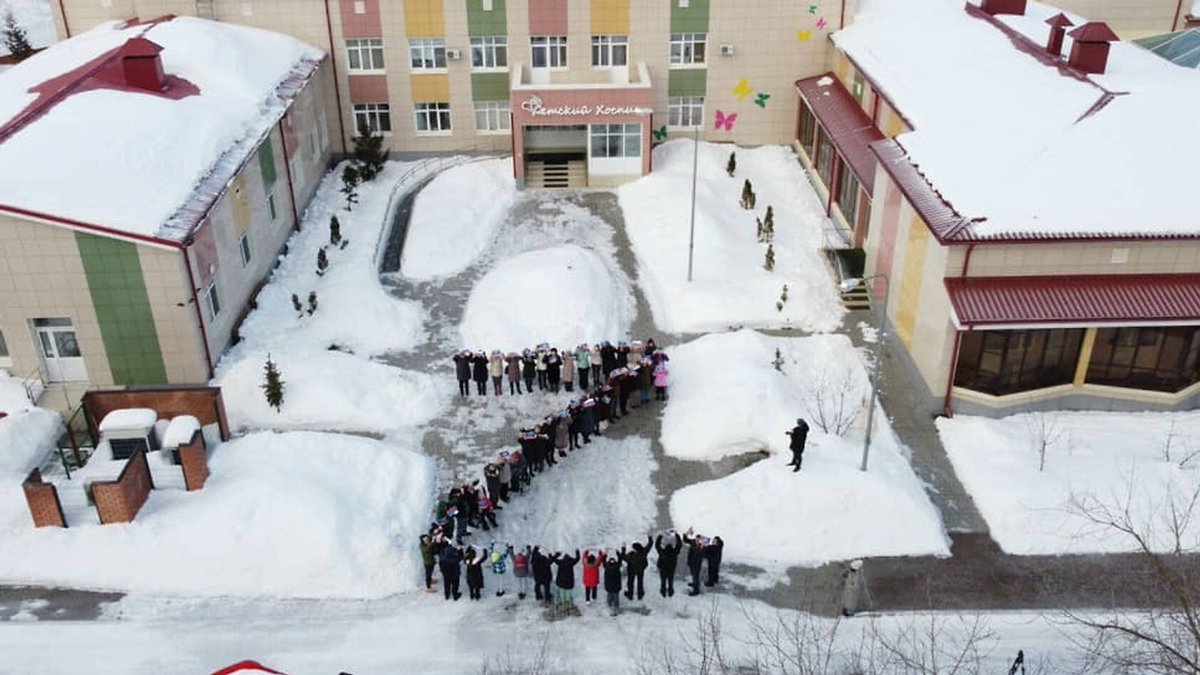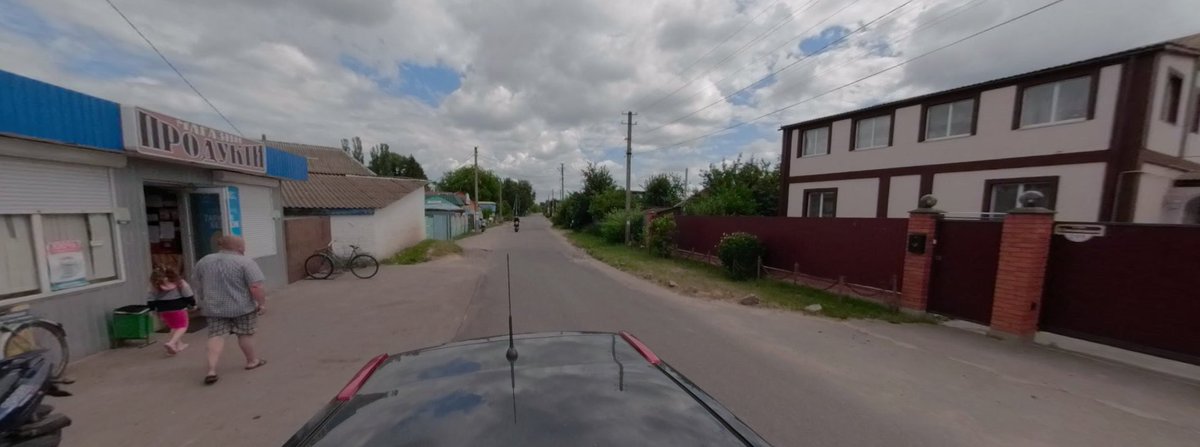
The "Z" symbol was initially spotted on Russian tanks and other military vehicles but it has quickly been embraced by some as a show of support for Russia's invasion of Ukraine.
Sky News looks at the possible origins of the symbol 👇
news.sky.com/story/ukraine-…
Sky News looks at the possible origins of the symbol 👇
news.sky.com/story/ukraine-…
🔍❓ How widespread is its usage ❓🔎
News reports on Monday alone had two examples of the symbol being used…
News reports on Monday alone had two examples of the symbol being used…
Terminally ill children in the Russian city of Kazan were encouraged to stand outside in the snow with their mothers to form the letter to show support for the invasion 

And Russian gymnast Ivan Kuliak sparked condemnation while wearing the symbol on Saturday at a gymnastics World Cup event in Doha
news.sky.com/story/ukraine-…
news.sky.com/story/ukraine-…

🔍❓ So where does it come from ❓🔎
There are differing views on this...
There are differing views on this...
Some say it is Z for За победу - pronounced "za pobedu" (meaning "for the victory"), others say it is for "Zapad" (West).
Many have noted its similarity to the swastika - the symbol used by Nazi Germany in the Second World War - nicknaming it "Putin's swastika"
Many have noted its similarity to the swastika - the symbol used by Nazi Germany in the Second World War - nicknaming it "Putin's swastika"
The Russian defence ministry appears to have confirmed the first option - with the "Z" super-imposed, along with the Russian За победу - "for the victory" on a recent Instagram post 

It was also thought that the "Z" is a way for Russia's military to identify its own forces - a way of preventing incidents such as friendly fire
While other reports have said that the symbols are a way of denoting the origins of the forces
While other reports have said that the symbols are a way of denoting the origins of the forces
For example, some have said that the "Z" denotes forces from Russia's eastern district, while the "Z" inside a square seen on other Russian vehicles means the forces are from Crimea, which was annexed by Russia in 2014 

In the early days of the war, Sky News's data and forensics team reported that the "Z" symbol had been seen inside squares and triangles as well as on its own
In more recent days, the symbol has been seen in Russia on people's cars, on T-shirts, on vans with business logos and even on war supporters' social media avatars.
Read more 👇
news.sky.com/story/ukraine-…
Read more 👇
news.sky.com/story/ukraine-…
• • •
Missing some Tweet in this thread? You can try to
force a refresh















